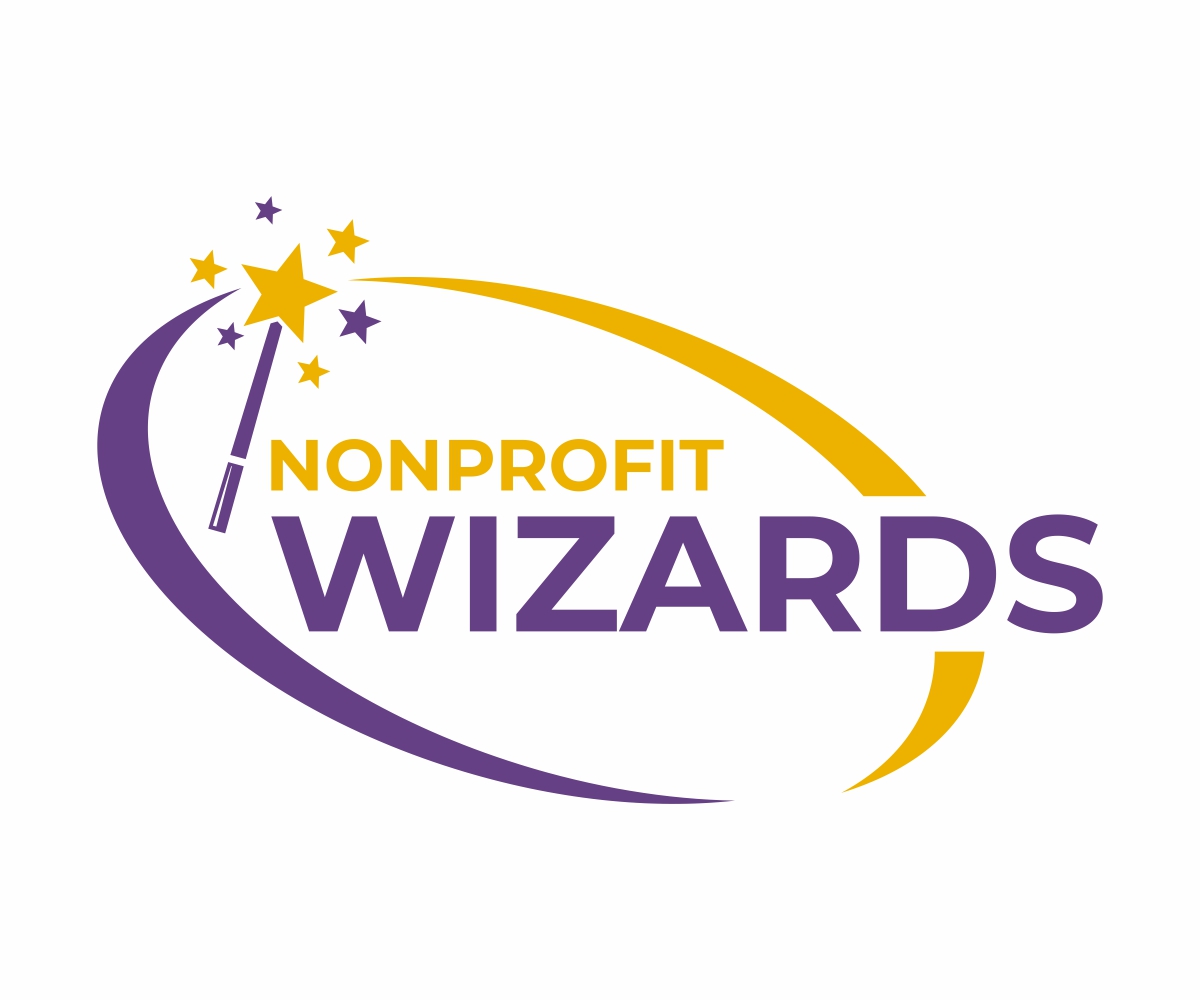“I’m not sure exactly what they want me to be working on. And they won’t tell me what the priorities are.”
“They just want me to do more.”
This was a conversation from some time back. The executive was lamenting what she felt to be an ever-shifting set of goals dictated to her by her board.
“Do you have a written strategic plan?” I asked.
Defining “Strategic Plan”
A recent search of the web reveals lots of disagreement and debate over the value of strategic planning. “Strategic plans are dead!” one person exclaims. “A better way is to use a strategic framework!”
Others tout “long range planning” or “logic model.” I’ve even seen experts tout the “vision organizer” as a better alternative.
It looks like semantics to me.
For the purposes of this post, I am using the term strategic plan to describe any sort of written consensus by the board as to:
- a vision of the what the organization wants to be at some point in the future, and
- the actions that need to be taken to get there.
If you want to dive into the specific attributes of each type of planning, click here for an in-depth discussion by boards guru Jan Masaoka.
Otherwise, we’ll just go with the basic working definition.
Get to know your Strategic Plan
Back to our story.
“Sure,” she replied, “we have a strategic plan. But I haven’t looked at it for months. Not since our last annual goal planning process.”
There’s the answer.
If you don’t know your strategic plan like the back of your hand, then you should. It should be something you look at every day, at least until you have it completely internalized.
It should be your compass. Your North Star.
It also should be kept front and center at every board meeting.
To be clear, I AM NOT suggesting you review and update your plan at every board meeting.
BUT YOU SHOULD consider every new idea in the context of your current strategic plan.
Working without a strategic plan is like walking a tightrope without a net
“I would never even consider taking a CEO job without having a working strategic plan…or at least a written commitment by the board to develop one.”
Those are the words of another mentor. I asked him whether he thought having a working strategic plan was important for an executive.
“It would be like walking a tightrope with no net. Sure, it could turn out just fine. But it also could go horribly badly.”
He continued, “At it’s core, a strategic plan is a documented set of long-range objectives. It’s my mandate for change in the organization.”
“It gives me durability for planning. It gives me a road map for my daily activities and those of my team. And shields me from the whims of every new board member and especially every new chair.”
Here’s his most compelling point. At least in my estimation:
“It’s also the focal point of every performance review I’ve ever had. Honestly, I don’t know how my performance could be assessed without one.”
Your plan should mesh with your operations
“I didn’t have time to work on my part of the strategic plan. I was too busy doing my job.”
This is a real statement made to me by one of my direct reports years ago.
Have you ever heard it from one of your staff?
Have you ever felt this way yourself?
Unfortunately, the statement illustrates a fundamental failure on my part. Once adopted, the strategic plan should become the guide for everyone’s activities all the time.
If it isn’t, you have one of the following problems on your hands:
- You’ve constructed a strategic plan that fails to integrate all current operations that have been deemed necessary to continue.
- Your people don’t see how their daily activities contribute to the larger vision.
- Your people are working on things which are outside of the scope of the plan and are, therefore, unimportant.
My failing was actually number two. I didn’t take the time to fully review the plan, match it to our annual goals, and follow the workflow all the way down to daily activities.
Use your plan as a filter
Have you ever thought about how a filter works? A water filter, for instance.
It lets through the stuff you want let through (water) and keeps the stuff you don’t want out (dirt).
Your strategic plan is the same way. You probably hear all the time, “Your board should spend its time on strategic matters, not operational matters.”
Have you ever wondered what that means? You know, in the real world?
It means that when your “ideator” on the board comes up with another new idea, it should be considered in the context of the strategic plan.
Your board chair should say, “That’s an interesting idea. Here are our current strategic objectives. Can anyone make the case that ________________ is more important than the items this list?”
If the answer is “yes”, you should take the new idea and run with it. You want your organization to be nimble enough to take advantage of current opportunities, after all.
Just be sure to stop doing the previously-prioritized objective that has now been deemed non-critical.
In other words, don’t fall into the trap of simply adding more to your plan.
On the other hand, if the answer is “no”, you should fully capture the idea and set it in a holding bin for your next organizational visioning session.
This discipline works with staff too. You should feel good about saying, “I see you’re really excited to work on ________________. Help me understand how that fits in our strategic plan.”
How often should you do strategic planning?
Frequency of strategic planning is also an item of hot debate. A case can be made for lots of different time horizons.
My answer is more pragmatic than theoretical: You should do a wholesale revision of your strategic plan every three years.
My logic goes like this:according to BoardSource, the most common term for board members is three years.
You want board members feel ownership of the plan.
They feel ownership if they’ve had a hand in crafting the plan.
With terms of three years, you’ll have a fair amount of turnover.
Meaning, in three short years many members of your board will not have taken part in the planning process.
If your current plan is more than three years old, it is time for a refresher.
Refreshing your strategic plan is a great topic for you to discuss at your next weekly meeting with your board chair.
What if you don’t have a plan now?
If you don’t have a plan at all, you should get one.
Soon.
In fact, it should be one of your highest priorities.
A nonprofit without a strategic plan is a lot like a tour bus with no destination. Each passenger on board has an opinion of where to go and how to get there. And with no process for deciding, the loudest and/or most persuasive will have undue influence. Whereas the best idea may not be heard at all.
And while we’re on the subject, make sure you use an outside facilitator. You might be tempted to “flip your own charts,” but this is not a sound practice.
The best way to find a quality facilitator is to ask your peers. If you’d like to see if I can help, feel free to schedule a time for us to talk.
What do you think
How have you used your strategic plan to your advantage?
I’d love to hear about it! Email me or hop over to the Nonprofit Wizards Facebook page and leave a comment!

Darren Macfee is the founder of the Nonprofit Wizards. He studies the habits and practices of wizards and then shares those with the world. He also strives to be a little better every day–as a husband, as a dad, and as a business professional.

